Energy Strategies - London Plan
Develop a viable strategy, compliant with London Plan policy
Develop a compliant, cost-effective and viable carbon reduction strategy
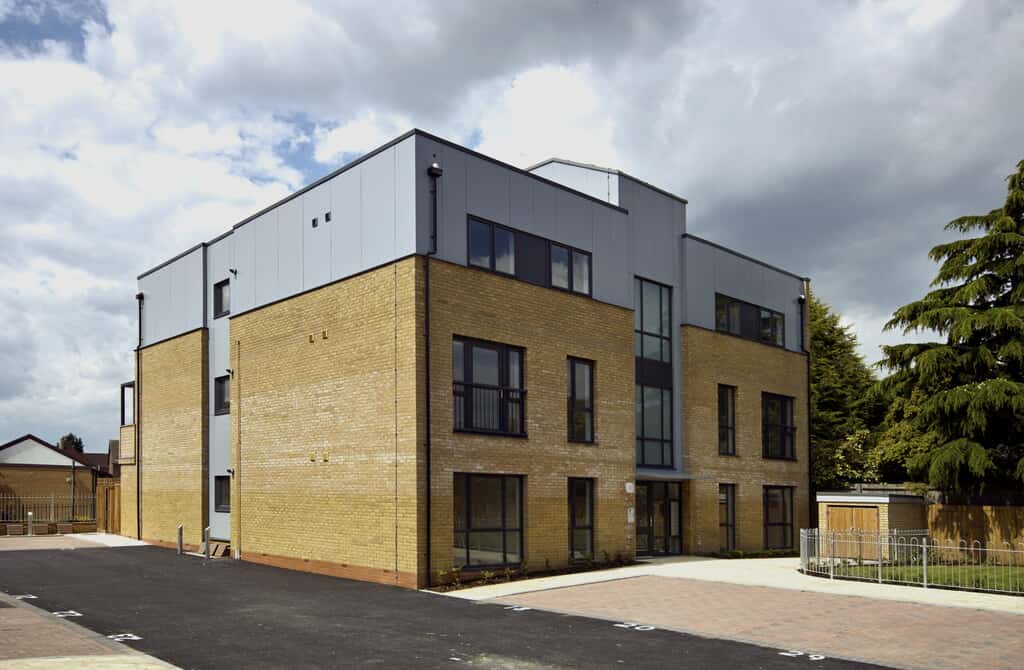

London is leading the UK’s zero carbon commitments, setting higher standards for new developments.
Energy Strategies ensure developments across the capital produce an energy strategy that is compliant with London Plan policy while being cost-effective and viable.
Combining efficient heating solutions, renewable energy technologies and, where necessary, carbon off-setting measures, an Energy Strategy must demonstrate a zero-carbon standard.
We support developers to incorporate solutions that balance energy performance with wider design objectives. Crucially, we ensure developments meet the standards set out by the local planning authority (LPA), the Greater London Authority (GLA) and associated Building Regulations.
London Plan energy strategy criteria
An Energy Statement is required for developments across London, covering both residential and non-residential new builds and some conversions or renovations.
While exact criteria changes for each London borough, statements are typically required of major developments, such as 10 or more dwellings, or non-residential spaces more than 1,000sqm.
Statements should be submitted as part of a planning application to the local planning authority (LPA) for the relevant London borough, before being reviewed by the Greater London Authority (GLA).
Solutions that go further than the Building Regulations are also typically required of major non-residential renovation schemes and one-off house builds too.
For developments outside of London, please see our Energy Strategies service:
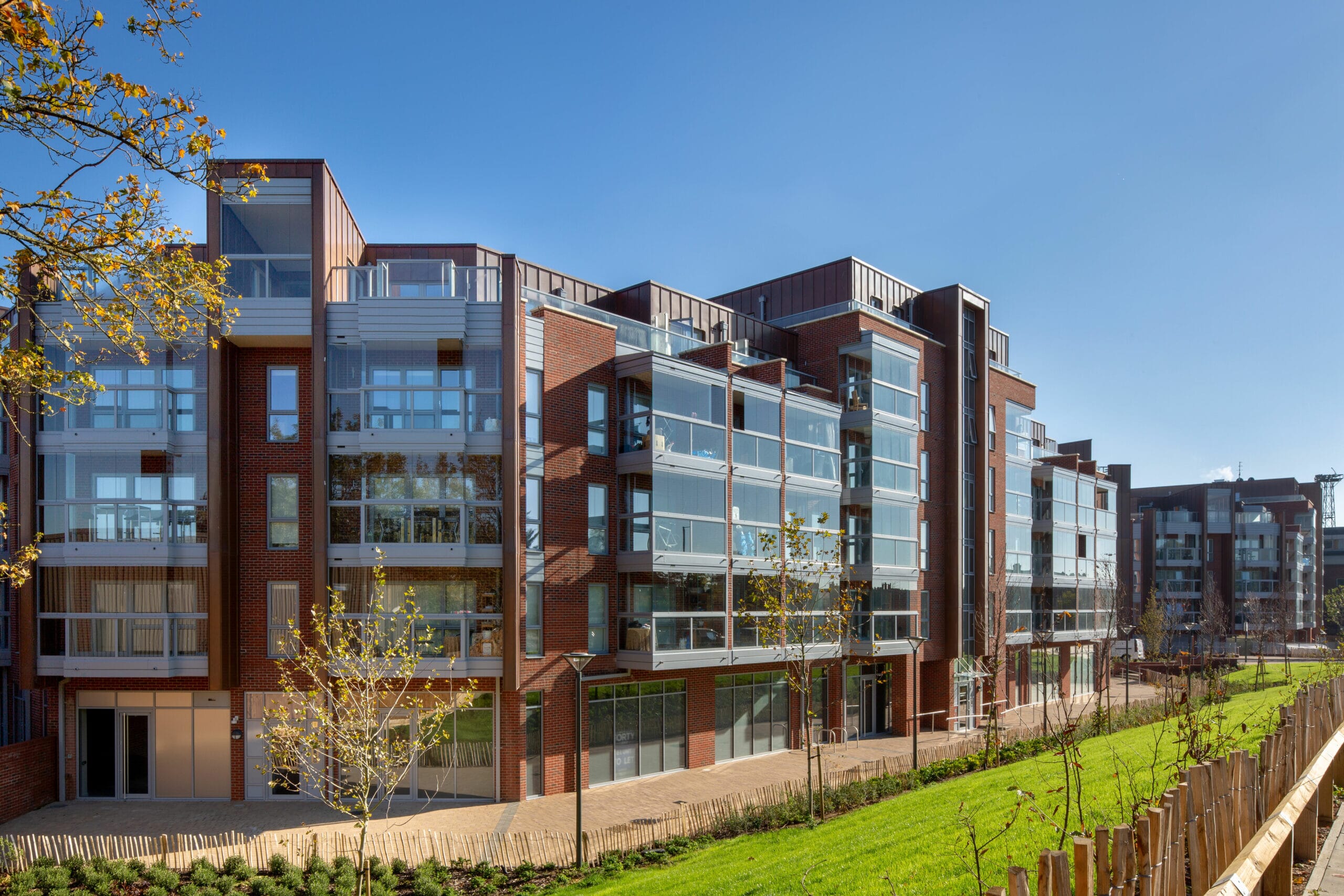

How we align Energy Statements with London Plan policy
Energy Statements support developers to deliver a reduction in carbon emissions without committing to overly complex or costly measures.
Since measures set out in an Energy Statement typically become planning conditions, it is essential these are not only compliant but also aligned with wider project parameters and objectives.
Working to London Plan Energy Hierarchy for all energy strategies, we:
- Consult – Liaising with design teams to understand project objectives and constraints, design ambitions, forecast programming, and end-client requirements. Consulting with the LPA and the GLA, to understand LPA emission and renewable energy targets and latest GLA guidelines.
- Assess – Investigating opportunities for low and zero carbon solutions, including opportunities to join District Heat Networks. Making recommendations covering minimum fabric performance criteria, renewable technologies and heating networks, as appropriate to the development. Considering solutions coordinated to air quality, acoustics and overheating requirements.
- Calculate – Calculating forecast operational carbon, to report to GLA. Calculating carbon offset payments, using GLA methodology.
- Report – Producing a full Energy Statement at planning stage, and further compliance reports as build progresses.
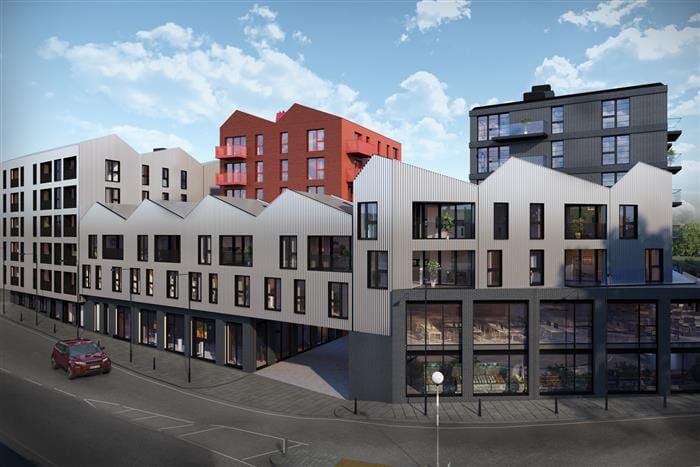

What will my Energy Statement cover?
An Energy Statement should work to the London Plan Energy Hierarchy:
- Be lean – Using fabric efficiency measures to deliver a 10-15% reduction in carbon emissions as per AD-L 2021.
- Be clean – Considering how the development can be futureproofed through connection to an existing District Heat Network, or creation of its own on-site, low carbon communal network, or provision for future connection.
- Be green – Including renewable energy technologies for the provision of on-site energy generation.
- Be seen – Outlining how energy consumption and emissions can be monitored and measured post-completion.
- Zero carbon – calculating the carbon offset payment to deliver the zero carbon standard.
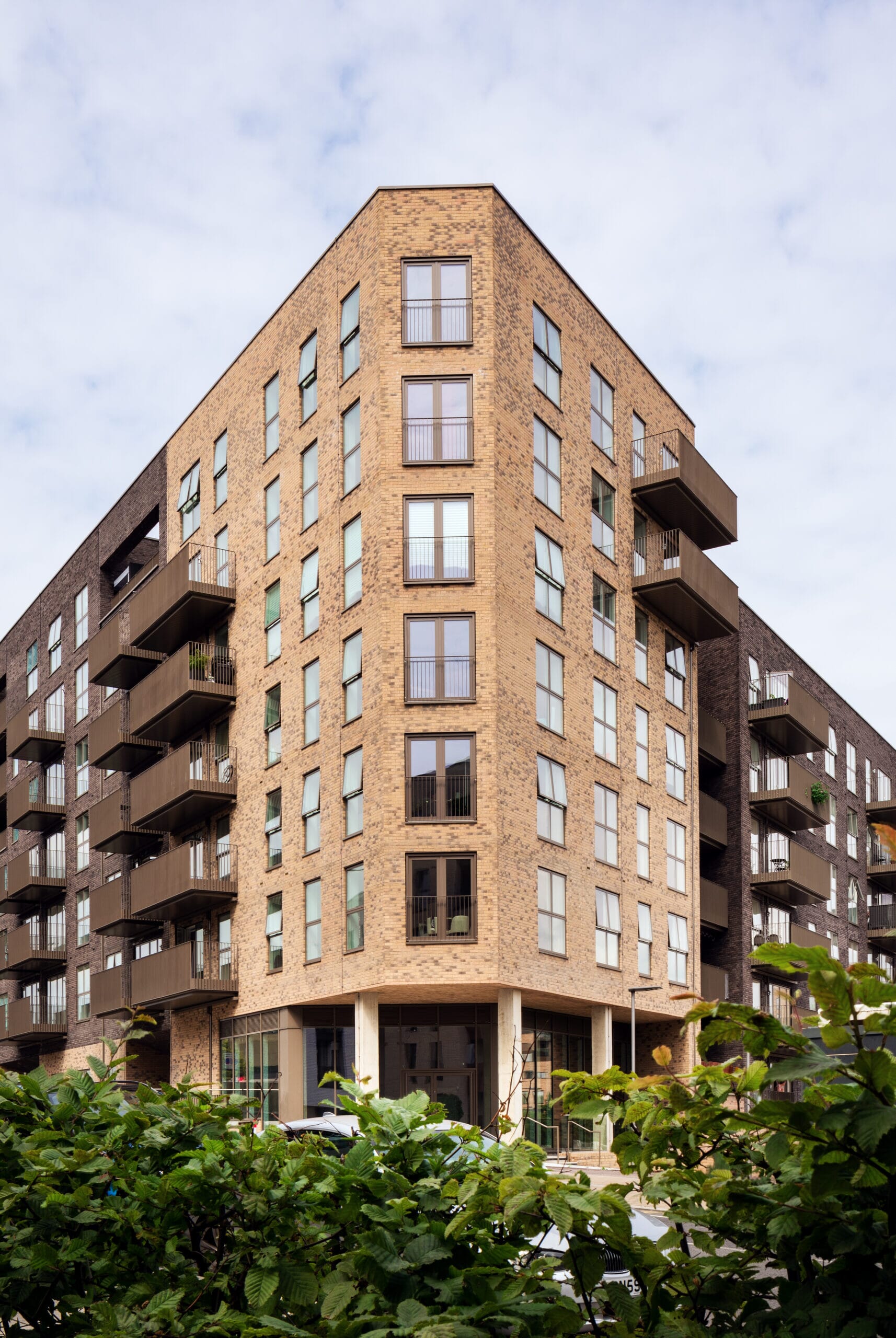

Our Energy Statement service
Our building performance specialists develop comprehensive, compliant Energy Statements by:
- Review – Consulting with and reviewing relevant planning policy from both the local planning authority (LPA) and Greater London Authority (GLA). Completing sample modelling of SAP calculations for proposed strategy.
- Assess – Completing a feasibility study, considering low and zero carbon (LZC) and renewable energy technologies appropriate for the development. Using energy and carbon modelling, to explore technical and cost viability of solutions.
- Consult – Presenting an outline strategy to the LPA or GLA, as required, to seek initial feedback and ensure compliance.
- Report – Producing a full Energy Statement to support your planning application.
- Review – Continuing support through Design & Construction stage, producing compliance reports to evidence energy efficiency commitments and discharge planning conditions, where required.
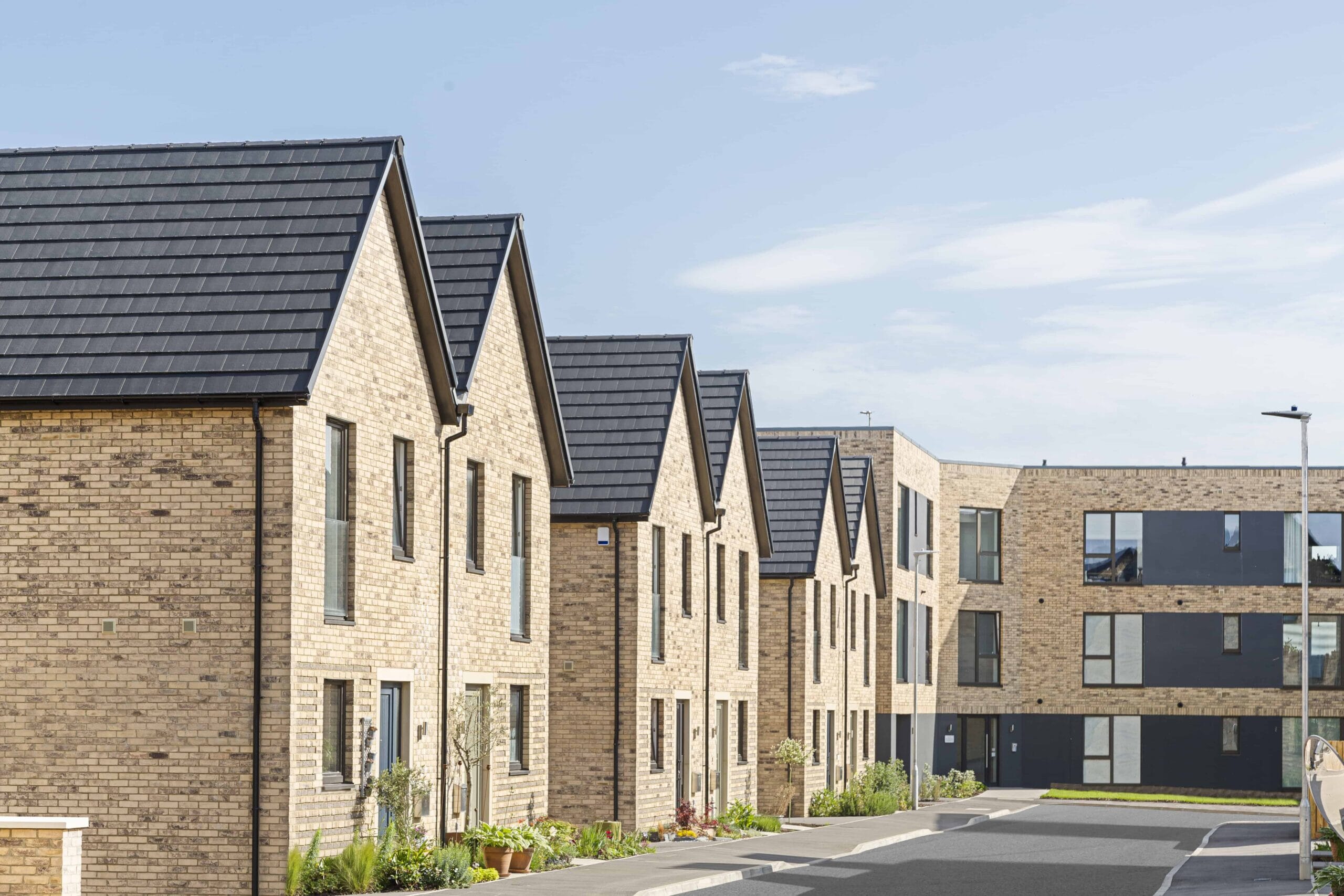

Start developing your Energy Strategy.
Chat to our team for London Plan-specific guidance.
Do I need to produce an Energy Statement?
- An Energy Statement is required for new developments within the London boroughs, both residential and non-residential. In some instances, they will also be required for conversions or renovations.
- The Energy Statement must be submitted at Planning stage to support a planning application so it can be validated and progressed.
- It must outline how a development will address planning policy requirements of both the LPA and GLA.
- The Energy Statement must also address the standards set in Building Regulations Part L (AD-L 2021), and deliver an on-site reduction in CO2 emissions of at least 35%, or 50% as encouraged for residential elements.
- The development must also deliver net zero carbon, with carbon offset payments required where on-site performance falls below net zero targets – payable to the LPA.
- Exceptions may be made for minor developments (comprising nine homes or less). Similarly, some London-based local planning authorities require less stringent emission and renewable energy targets for developments with less than 1,000m2 of non-residential space.